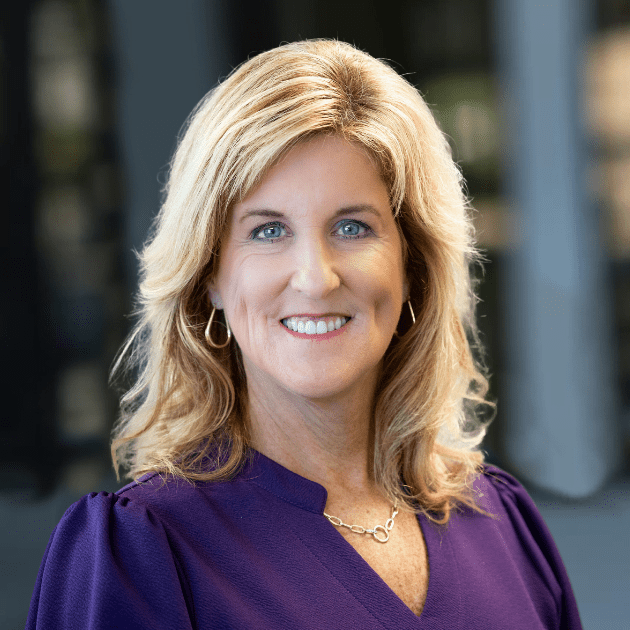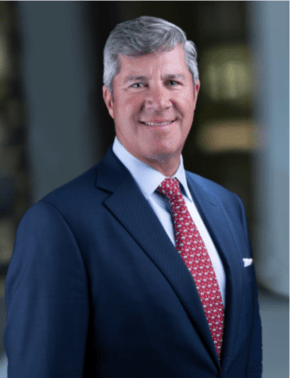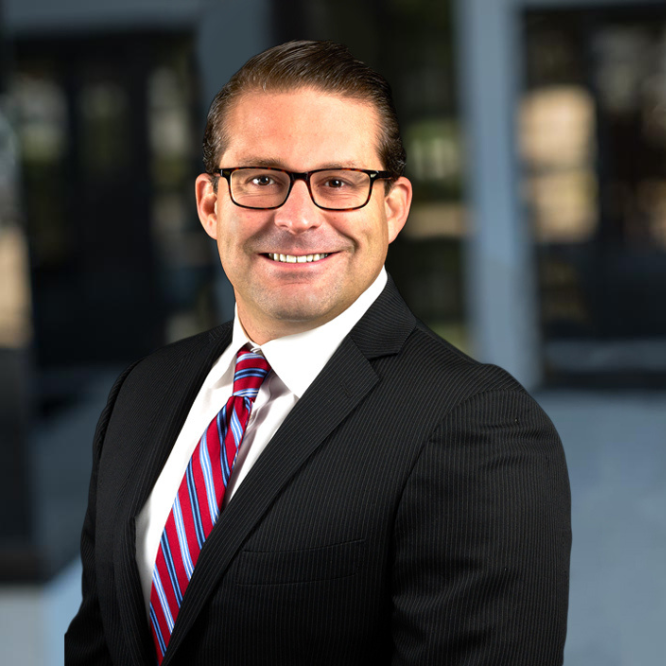Assessing the Total Picture
As Ray Dalio, founder of the world’s largest hedge fund, recently stated at the World Economic Forum in Davos, “the problem last year (in 2015) is that almost all asset classes in the world went down in value. That can’t go on too long without producing a depression.” While we believe that a depression, or even a recession at this point, is of low probability, around 25% or so, there are certainly a handful of issues that have caused great stress for the market over the course of the last year. Specifically, the negative effects of a strong dollar on US corporate earnings, the concerns over plummeting oil prices and what that may lead to (energy company bankruptcies and trouble for banks with energy loans), the severity of the slowdown in China and what it means for the global economy, corporate earnings outlook going forward, and getting a handle on Fed Policy after one Federal Funds rate increase in December 2015 and potentially up to 4 more in 2016 (at least as it was stated at one time). With severe slowdown in the industrial portion of the US economy, tame to lower inflationary figures and growing uncertainty about the strength of the employment picture, some are beginning to wonder if the Fed will take a more dovish stance than what appeared to be the case just a little over a month ago. If the Fed doesn’t change its stance and continues on further rate increases throughout 2016, regardless of the number, it’s important to remember that it believes that the economic fundamentals are strong enough to support higher rates. Furthermore, in all tightening cycles since 1955, the S&P tends to see 4 pullbacks, with at least one 10% correction in the 12 months following the first rate hike, according to Larry Adam, Chief Investment Strategist of Deutsche Bank Wealth Management.
In highly emotional and sentiment driven periods, such as the period that we’re in, it’s important to remember that fundamentals will ultimately prevail, but that the market can trade on sentiment and technical levels for an extended period. It’s fairly easy to be bearish or pessimistic in technical-driven sell-offs like this because one can always find data points or indicators that can be extrapolated to build a particular case, such as the concern in high yield credit spreads or overall net profit margins. However, it’s important to focus on the broad picture and assess the entire landscape, as most of us aren’t investing for tomorrow, or even next year, but for years and decades to come. As we’re reminded by the velocity of the sell-off that has put the market at comparable levels to last August/September, the turnaround can be just as sharp and unexpected, as was the case in October 2015, when the S&P was up almost 8.5%. With rapid and continuous information flow that exists in today’s world it’s easier, more than ever, for the global equity markets to be impacted not only by things that matter, but perhaps as important, by things that don’t.
There is no doubt that diligence is required in order to sift through the noise in an effort to attempt to make sense of it all and sort out the rational from the irrational. Here at Krilogy, our Team/Your Team is continuing its systematic and frequent due diligence process, both quantitatively and qualitatively, with complete objectivity in our investment selection and implementation. We’re adjusting your portfolio through our Dynamic Rebalancing process, as needed, on a discretionary basis, in order to best position your investment mix from a fundamental perspective, knowing that fundamentals will prevail over full market cycles.



























